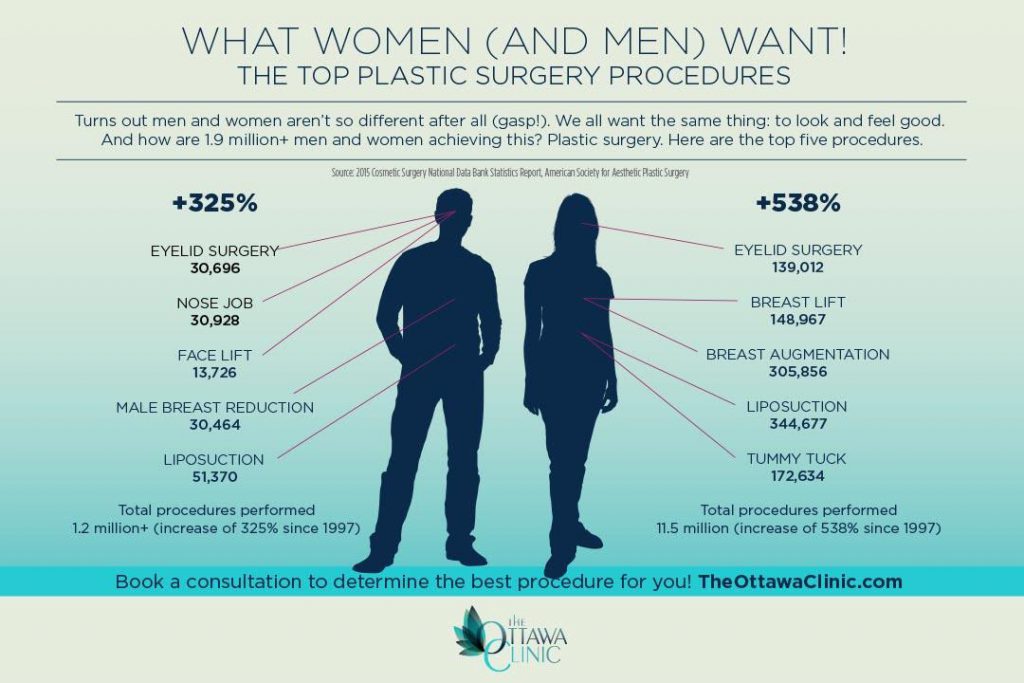Choosing Safe Acne Treatments During Pregnancy
Choosing Safe Acne Treatments During Pregnancy
Blog Article
Hormonal Acne - What is Hormone Acne?
Hormone acne is characterized by clogged pores and oily skin that typically shows up on the chin and jawline. It takes place when hormone modifications activate swelling and bacterial overgrowth within hair follicles.
Outbreaks may appear as whiteheads, blackheads, papules or pustules and cysts or blemishes in a lot more serious cases. It is more common in teenagers experiencing the age of puberty however can affect adults of any age.
What Causes Hormone Acne?
While acne can be brought on by a selection of aspects, consisting of using hair and skin treatment products that aren't oil-free or made with ingredients that might clog pores, hereditary proneness, diet plan,2 and anxiety, the origin is changing hormones. Hormone acne happens when the body experiences hormonal adjustments and changes that lead to an overflow of sebum, which causes inflammation, raised growth of microorganisms and modifications in skin cell activity.
Hormone acne is frequently found on the lower jawline, cheeks and neck but can show up anywhere on the body. It is characterized by blemishes that are cystic, agonizing and filled with pus or various other material. It is additionally most likely to occur in females than men, especially throughout adolescence, the menstruation, pregnancy or menopause.
Age
While several youngsters experience acne at some time during the age of puberty, it can continue to pester adults well into adulthood. Referred to as hormone acne, this form of outbreak is linked to fluctuations in hormones and is commonly most common in ladies.
Hormone acne occurs when oil glands create way too much sebum, which clogs pores and traps dead skin cells. This brings about the formation of imperfections, such as whiteheads, blackheads and papules, pustules, cysts or blemishes, deep under the surface.
This sort of blemish commonly creates pain, inflammation and swelling. It may likewise be intermittent and appear around the exact same time every month, such as right before your duration starts. This is due to the fact that degrees of female hormonal agents like progesterone and oestrogen fluctuate with each menstrual cycle.
Menstruation
Hormonal acne usually shows up in the lower part of your face, along the jawline and cheeks, as whiteheads, blackheads or inflammatory acnes (pimples and cysts). It's more than likely to appear around the moment when your menstruation modifications.
Particularly around ovulation, when estrogen and progesterone degrees are on the rise, hormone changes can trigger outbreaks. However it's also possible to get acne at any point throughout your 28-day menstrual cycle.
If you observe that your hormonal acne flare right before your period, try noticing when exactly this happens and see if it relates to the phases of your 28-day menstruation. This will certainly assist you identify the root causes of your skin problems. As an example, you may want to work on stabilizing your blood sugar level and eliminating high-sugar foods, or think about a prescription drug like spironolactone that can control your hormones.
Maternity
Growing a baby is a time of dramatic hormone changes. For several women, this includes a flare-up of hormone acne. This kind of outbreak typically starts in the first trimester, around week six. It's caused by hormone rises that stimulate sebaceous glands to make more oil, which can obstruct pores and cause even more germs to accumulate.
Breakouts may additionally occur as a result of pre-existing conditions like polycystic ovary disorder, which can also be a concern during pregnancy and menopause. Also, some kinds of birth control pills (such as Ortho Tri-Cyclen and YAZ) can activate hormone acne in some women.
Luckily, many acne therapies are "no-go" for expectant women (including prominent acne-fighting active ingredients such as isotretinoin and spironolactone). Yet if you can not prevent those irritating bumps, your physician might prescribe oral erythromycin or cephalexin, which are safe during medspa pregnancy.
Menopause
As women approach menopause, the estrogen levels that triggered their hormonal agent acne to flare throughout adolescence start to support and lower. At the same time, nonetheless, a spike in androgens (additionally called male hormones) takes place because these hormonal agents can't be exchanged estrogen as successfully as before.
The unwanted of androgens can set off oil manufacturing by the sweat glands, which clogs pores. When the stopped up pores come to be irritated and irritated, an acne forms.
Hormone acne is typically seen on the face, specifically around the chin and jawline, but it can happen on the neck, back, shoulders, or chest. This kind of acne often tends to flare up in an intermittent pattern, similar to the menstrual cycle. Stress and anxiety, which enhances cortisol and tosses hormones out of equilibrium, also contributes to the outbreaks.